
Insights
Select Category

Beyond GenAI – What Is the Next Step?
As Generative AI reshapes industries with automation and decision-making tools, the question arises: what's next? This article explores the future of AI beyond GenAI, diving into augmented intelligence, hyper-automation, and how businesses can leverage these innovations to stay competitive in a rapidly evolving landscape.
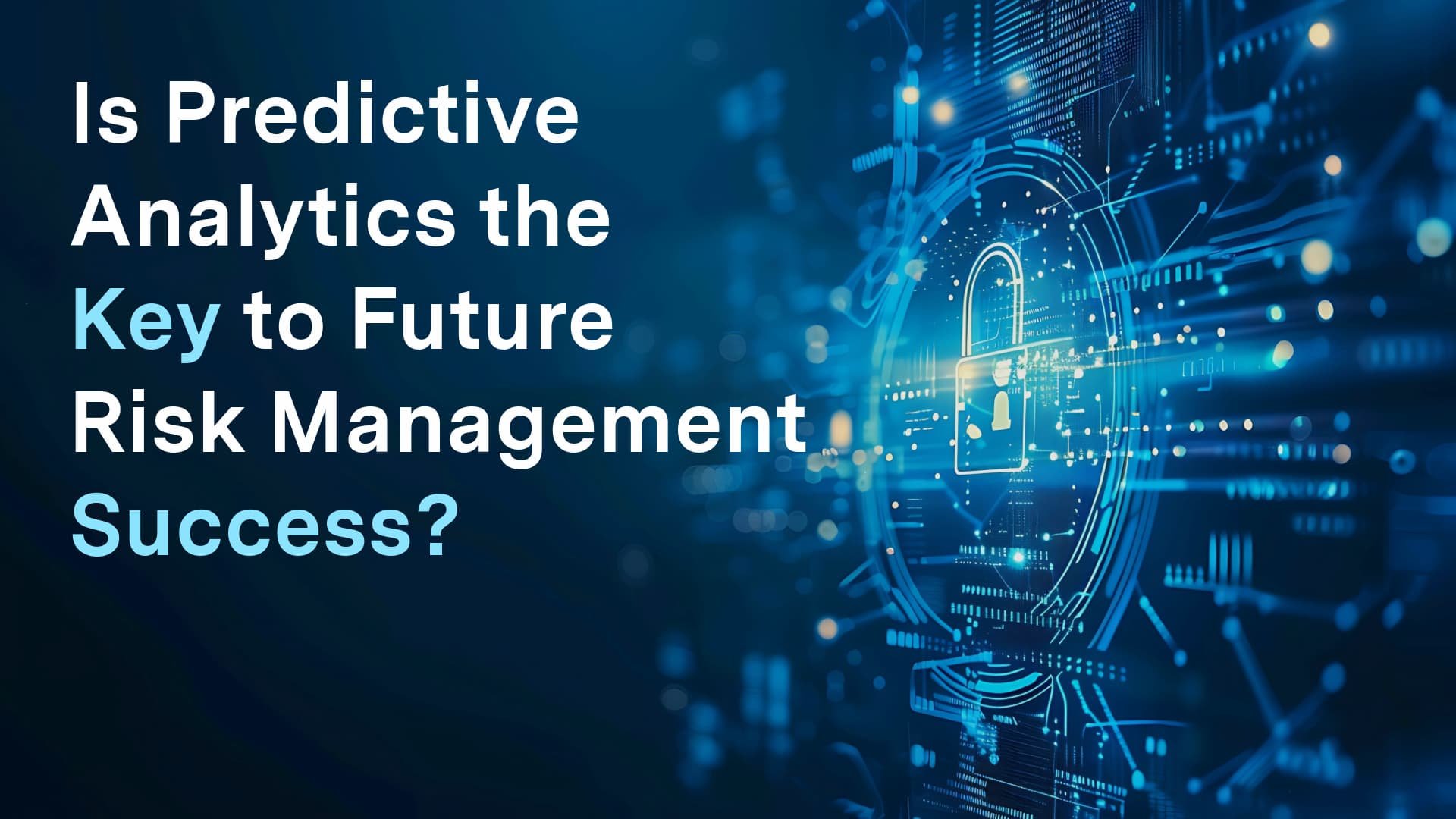
Is Predictive Analytics the Key to Future Risk Management Success?
In an unpredictable business landscape, traditional risk management frameworks can leave organisations vulnerable and unprepared. Predictive analytics transforms risk management into a proactive and adaptive strategy, leveraging advanced machine learning, real-time data, and natural language processing. This approach helps businesses detect emerging threats, optimise compliance, and achieve operational efficiency, keeping them one step ahead in a constantly evolving regulatory environment.

How Predictive Analytics Is Transforming Fraud Detection
Traditional fraud detection methods can no longer keep up with modern, adaptive fraud tactics. Predictive analytics offers a proactive solution, allowing businesses to detect fraud patterns in real time, reduce false positives, and safeguard valuable data. By harnessing machine learning and data-driven insights, companies can shift from reactive responses to efficient, preventative fraud detection, saving time, resources, and maintaining customer trust.

How can NLP help with KYC?
Traditional KYC methods miss subtle risks, but NLP uncovers hidden insights from unstructured data like social media and emails. Discover how NLP boosts compliance, enables real-time monitoring, and transforms risk detection to keep financial organizations secure.

What role is NLP playing in financial crime detection?
In a landscape where traditional methods fall short, NLP acts as a surgical scalpel, dissecting language nuances for effective crime detection. In this article we look into sentiment analysis, risk rating evolution, and the promising future of NLP as a vigilant guardian in the fight for financial security.

Instant Payments – what are we sacrificing in order to meet service levels?
Exploring the risks and rewards of Instant Payments. In this article we delve into the challenges faced by compliance and risk professionals, balancing the need for speed with security.
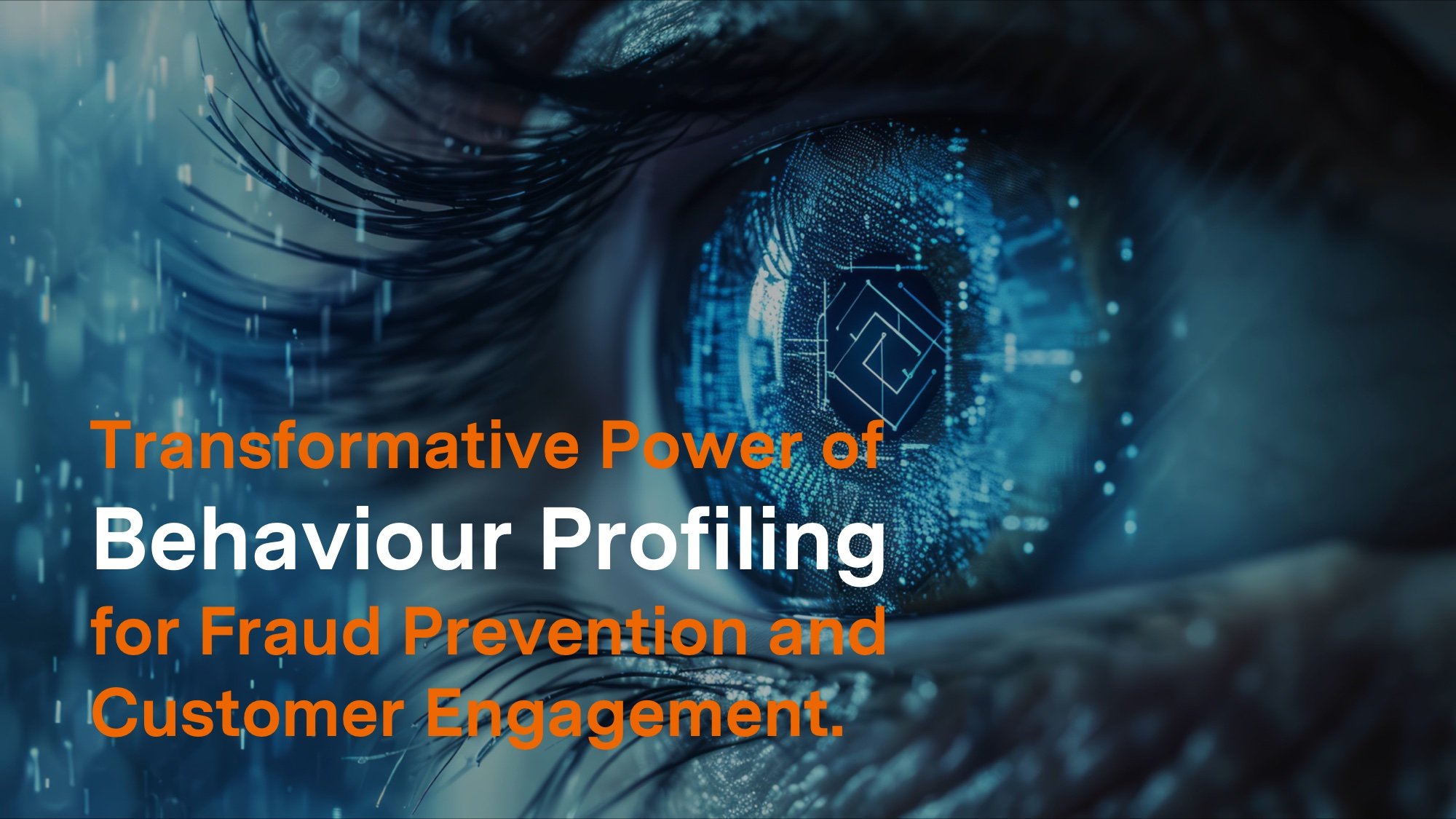
The Transformative Power of Behaviour Profiling for Fraud Prevention and Customer Engagement
Behaviour Profiling transforms fraud prevention in Financial Services. We look at how this advanced approach balances risk, enhances customer engagement, and streamlines operational costs. Proposing the imperative role of behaviour profiling in upholding the integrity of the financial system.
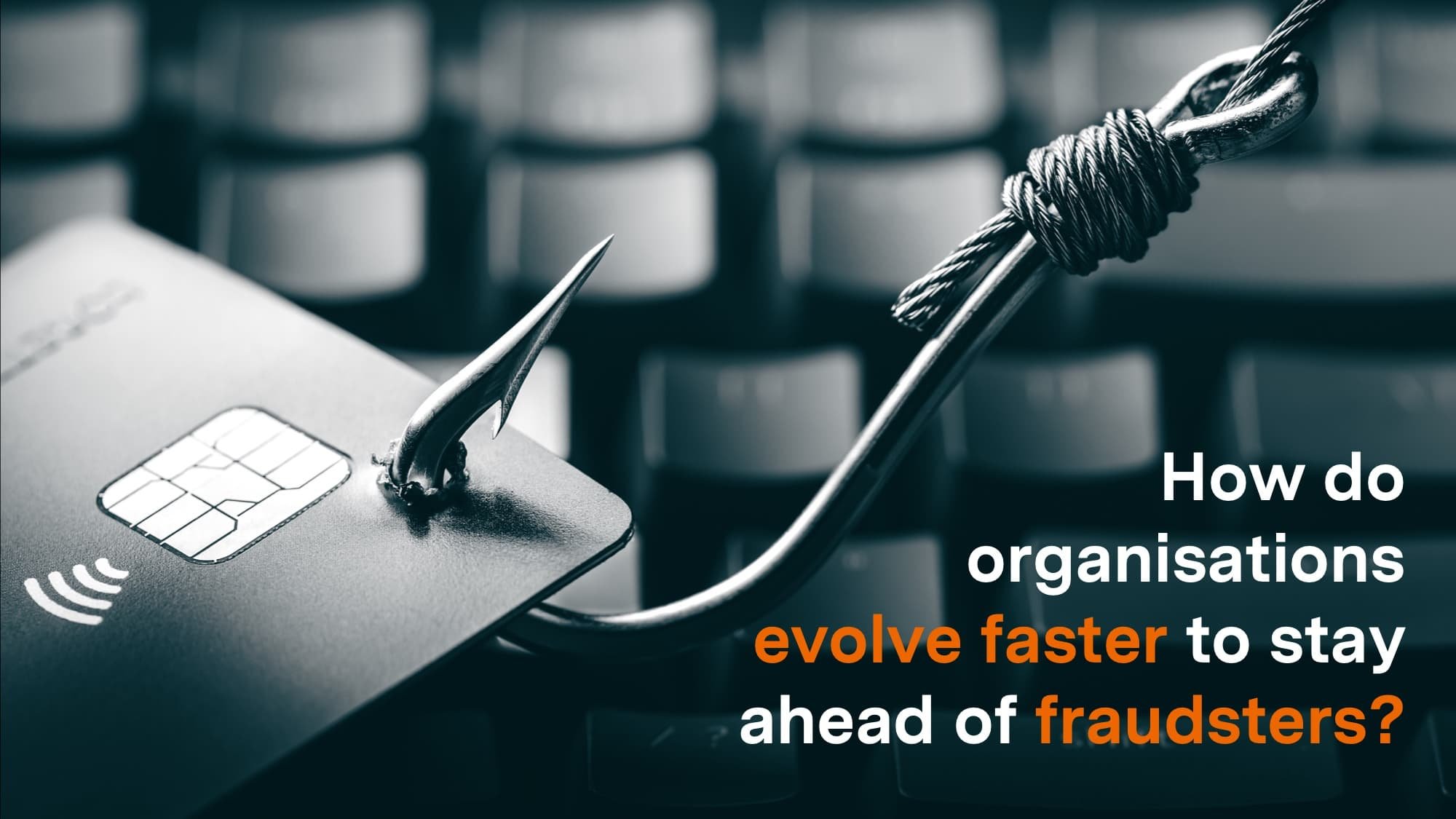
How do organisations evolve faster to stay ahead of fraudsters?
Staying ahead of fraudsters is an ongoing challenge in the dynamic and ever-evolving world of financial services.As technology advances at an exponential rate, so do the tactics of criminals, demanding a proactive, adaptive, and technology-driven approach from those in the field of compliance.
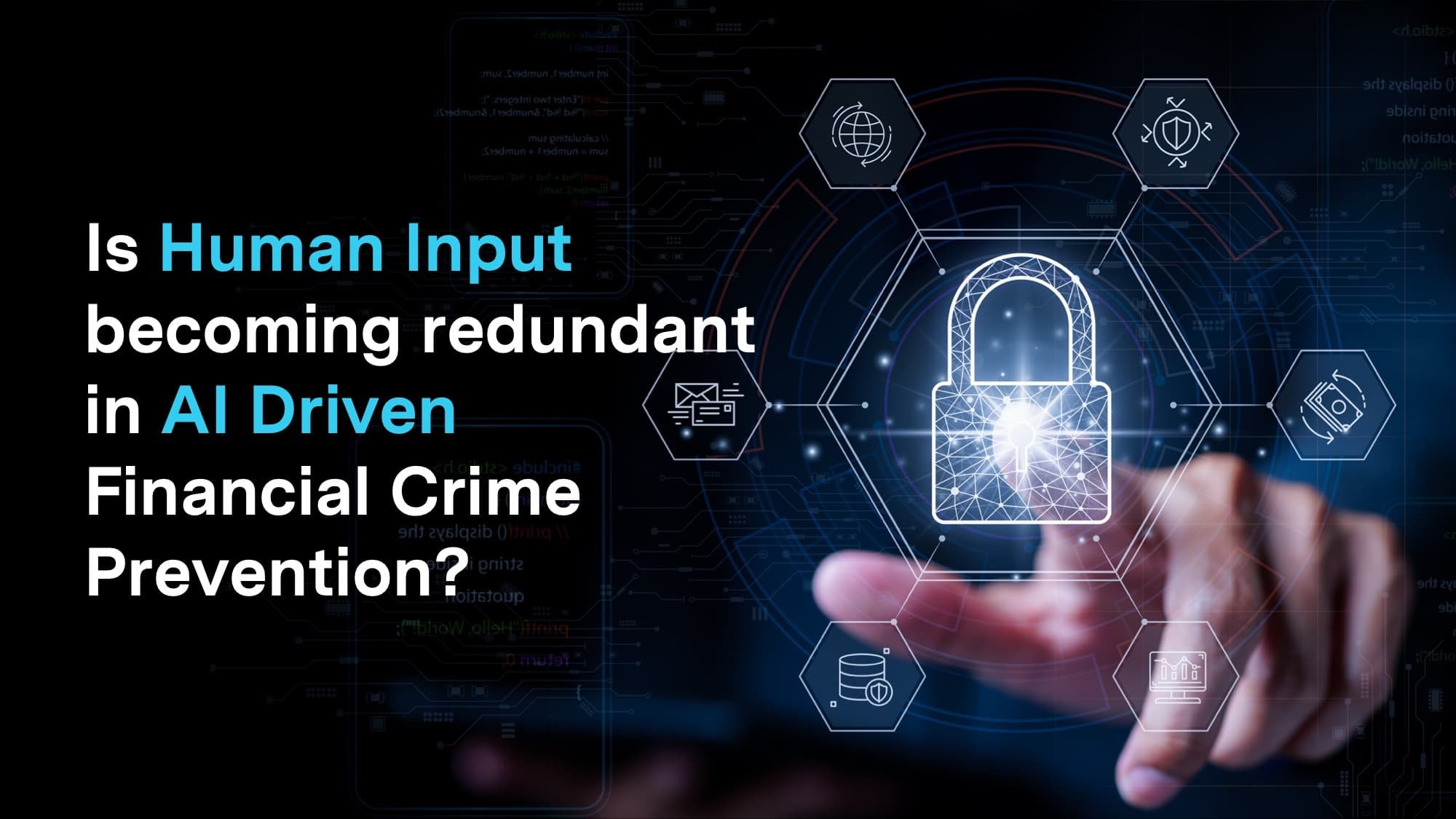
Is Human Input becoming redundant in AI-Driven Financial Crime Prevention?
Artificial intelligence (AI) is transforming financial crime prevention (FCP), but human expertise remains essential for contextual understanding, nuanced judgment, and ethical decision-making. Learn why human-AI collaboration is key to effective FCP.

What is Adverse Media Search and why is it used in financial services organisations?
Adverse Media Search is a process that involves searching publicly available sources of information to identify negative or adverse news about individuals or companies. This type of search is commonly used by financial services organisations, such as banks and insurance companies, as part of their risk management and compliance programs.

The Business Case for a future-proof AI solution.
Platform based AI solutions offer future proofing for investment in compliance technology. The appeal of a platform based solution is clear, as it negates the requirement to have multiple point solutions for AML, Fraud, Credit Risk, Profiling, KYC and Sales Optimisation. All your solutions are in one place, you can see your overall customer profile and risk score in a single view and action alerts and investigations are all accessed in the same interface.
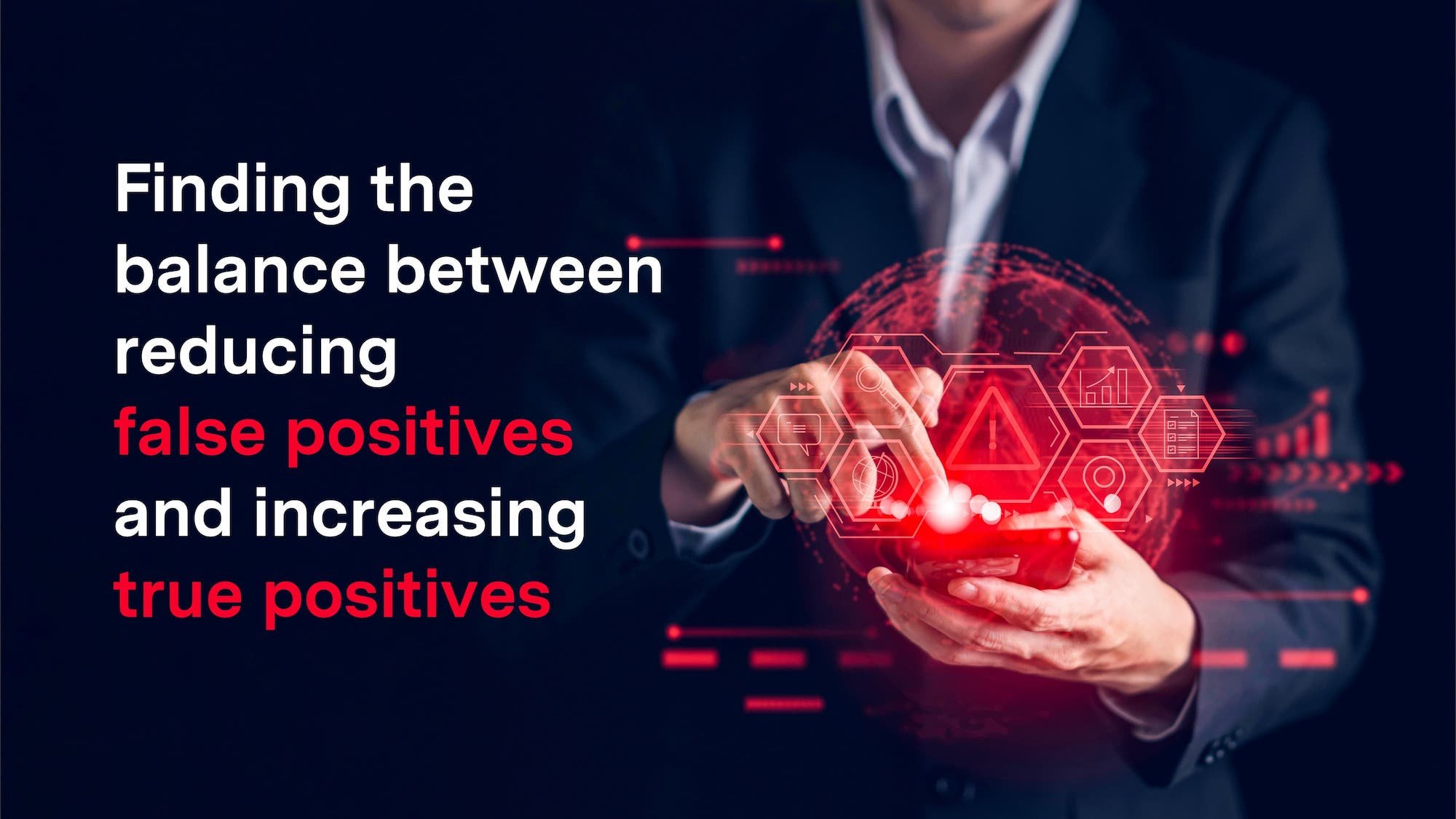
Finding the balance between reducing false positives and increasing true positives
The most important feature of a predictive analytics platform is the generation of high-quality prediction models that have the best ratios of true and false positives. No model is perfect, but many organisations compromise by implementing models that lean towards over-detecting..

Autonomous Learning and Error-Minimised predictive models
Today, predictive models are widely used in business for a range of applications. The accuracy of these models is crucial to their cost-effectiveness and efficiency in targeting specific business challenges.
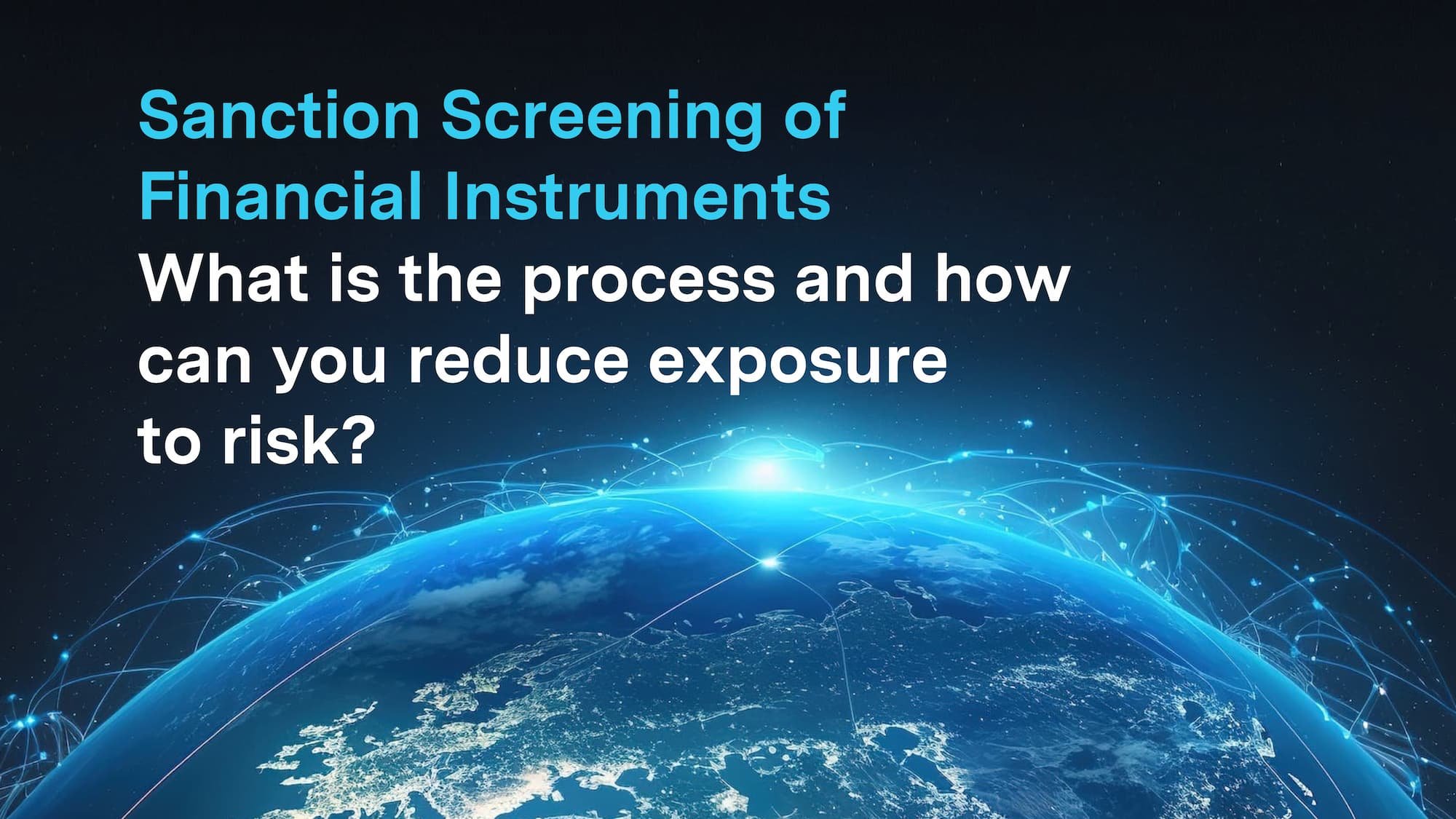
Sanction Screening for Financial Instruments
How does asset screening reduce a bank's exposure to risk?
Asset management departments in the financial services industry have to ensure that they neither hold any sanctioned positions/investments nor that they cooperate with sanctioned parties (legal entities or individuals).

Analysing phone conversations and email exchanges with AI and Predictive Analytics
Many organisations continue to engage with customers by phone and email , with customer support centres and account managers dealing with requests from customers. These exchanges can be revealing but in the moment, while dealing with some of these requests in a timely manner, agents might not detect the risk or have the ability to act on the sales opportunities.
